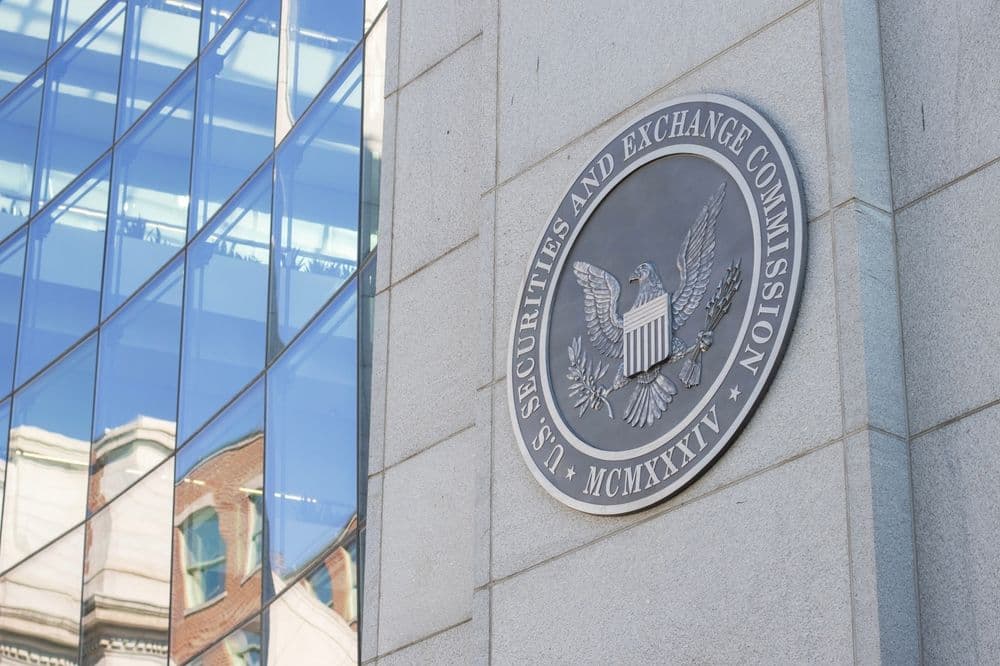 The total value locked (TVL) in DeFi has surged to new all-time highs, shattering previous records. [Image Source: Shutterstock]
The total value locked (TVL) in DeFi has surged to new all-time highs, shattering previous records. [Image Source: Shutterstock]DeFi's TVL has recently skyrocketed, surpassing previous records. In early 2025, it exceeded $100 billion, demonstrating a significant influx of capital. This growth is likely due to a combination of factors, including a positive trend in the cryptocurrency market, increased institutional investment, and growing public trust in decentralized finance.
A major factor fueling DeFi's growth is renewed interest from both individual and institutional investors. The current cryptocurrency market uptrend is driving more investors to DeFi platforms, seeking higher returns than traditional financial products offer. For example, DeFi lending platforms provide significantly higher interest rates than traditional banks, making them appealing to investors looking to grow their assets in a low-interest environment.
Kadan Stadelmann, the CTO and project lead of Komodo Platform, stated, “In 2025, the US government will begin purchasing Bitcoin as part of its strategic reserve under the new Trump administration.” This statement highlights the growing institutional interest in cryptocurrencies, a key factor driving the expansion of DeFi.
Moreover, the rise of Layer-2 solutions has contributed to DeFi's TVL growth. These solutions improve transaction speeds and lower costs, addressing past scalability issues and creating a smoother user experience that attracts more capital.
Nick Dodson, co-founder and CEO of Fuel Labs, stated that Layer-2 networks have experienced significant growth following Ethereum’s Dencun upgrade. He explained that this upgrade has helped stabilize transaction fees, making Layer-2 solutions more efficient and attractive for users.
 Rival blockchains such as Solana, Polygon, and Avalanche are quickly closing the gap on Ethereum’s dominance in the DeFi ecosystem. [Image Source: Shutterstock]
Rival blockchains such as Solana, Polygon, and Avalanche are quickly closing the gap on Ethereum’s dominance in the DeFi ecosystem. [Image Source: Shutterstock]While Ethereum still leads in the DeFi space, competing blockchains like Solana, Polygon and Avalanche are rapidly catching up. Their advantages in transaction speed and cost are attracting DeFi protocols seeking to escape Ethereum's network congestion. This diversification has led to a surge in the number of DeFi platforms and a corresponding rapid increase in the TVL on these alternative networks.
The growth in TVL has also been fueled by innovative DeFi products like yield farming, liquidity mining, and decentralized exchanges (DEXs). Yield farming rewards users for providing liquidity, while liquidity mining incentivizes contributions to decentralized pools. These products have attracted both new and experienced users to DeFi, contributing to the growth of TVL.
In addition, DeFi platforms are seeing increased integration with traditional finance. More banks and financial institutions are exploring partnerships with DeFi projects, seeking to leverage blockchain technology for faster, cheaper, and more secure transactions. These collaborations are signaling the mainstream acceptance of DeFi, as traditional financial players look to capitalize on the efficiency and innovation offered by decentralized platforms.
Despite its positive trajectory, DeFi carries inherent risks. The market remains highly volatile, and smart contract vulnerabilities can lead to exploits and hacks. Several high-profile security breaches have resulted in substantial losses for DeFi platforms. To mitigate these risks, some DeFi projects are implementing stronger security protocols and insurance options, but concerns over safety and fraud remain a challenge for investors.
Regulatory uncertainty also poses a challenge to DeFi. Governments worldwide are struggling to define appropriate regulations for these platforms, with some proposing new laws to address concerns like money laundering and investor protection. These regulatory hurdles, if not addressed effectively, could hinder DeFi's future growth by discouraging participation from investors and developers.
However, despite these challenges, the overall outlook for DeFi remains positive. The ongoing innovation in the space, combined with a favorable market environment, has set the stage for continued growth in TVL. As DeFi platforms evolve and become more secure and user-friendly, they are likely to capture an increasing share of the global financial market.
The resurgence in DeFi TVL reflects the growing confidence in decentralized finance as a legitimate and competitive alternative to traditional financial systems. With new solutions addressing scalability and security, DeFi platforms are poised for sustained growth. While challenges remain, the continued development of DeFi technologies and the bullish market sentiment suggest that the sector will remain a key player in the future of finance.

Abu Dhabi to host Bybit’s institutional crypto event

Klarna debuts KlarnaUSD as stablecoin activity tops $27T

Wormhole launches “Sunrise” to bring MON to Solana

SEC signals crypto shift with “Project Crypto”